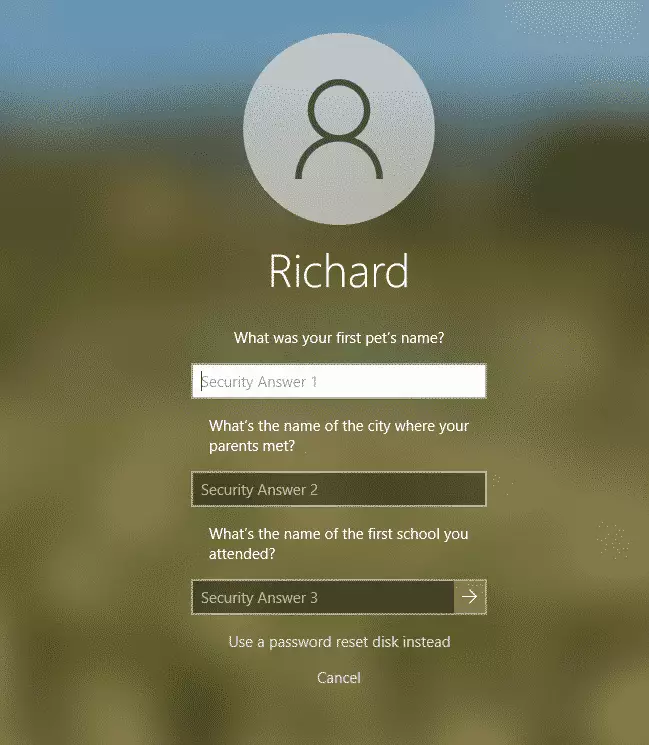This brief tutorial shows students and new users how to change or reset their Windows 10 passwords.
Learning how to change or reset your Password in Windows 10 is important for several reasons. Firstly, it helps you keep your computer secure by preventing unauthorized access to your personal data.
Secondly, if you forget your Password, you won’t be able to log in to your computer, which can be very frustrating and time-consuming. Knowing how to reset your Password can save you from this inconvenience. Additionally, if you share your computer with others, you may want to change your Password regularly to ensure your data remains protected.
Finally, learning how to change or reset your Password is a basic computer skill everyone should have, especially if you’re a student or new user looking to learn more about computers.
Change your Windows Password
If you already know your Password, simply follow the steps below to change it.
Select Start > Settings > Accounts > Sign-in options. Under Password, select the Change button and follow the steps.

Follow the steps to change your current Password.
Note: The above process will only work if you know your current Password. If you don’t, then continue below.
Reset your Windows Password
If you’ve forgotten or lost your Windows 10 password for a local account and need to sign back into your computer, continue below to learn how to reset your Password and gain access.
If you have a Windows 10 computer, at least 1803, you will have answered security questions when setting up your device.
On the login screen, please type the Password you think is correct. Select the Reset password link on the sign-in screen if it returns as incorrect.
At the reset link, enter the security questions provided. This will be the same you answered when you first set up your machine.

- Answer your security questions.
- Enter a new password.
- Sign in as usual with the new Password.
Reset your computer
If you still can’t answer the security questions above and can still not log in, another option will be to reset your device.
Resetting your device will permanently delete your data, programs, and settings.
To reset your device, which will delete data, programs, and settings:
- Press the Shift key while you select the Power button > Restart in the lower-right corner of the screen.
- On the Choose an option screen, select Troubleshoot > Reset this PC.
- Select Remove Everything.
That should get you back into your machine.
Conclusion:
- Changing or resetting your Windows 10 password is essential for maintaining your computer’s and personal data’s security.
- Following the outlined steps can help you regain access to your account if you forget your password.
- Regularly updating your password can further ensure your information remains protected, especially in shared environments.
- Familiarizing yourself with these processes is a valuable skill for all users, particularly students and new users.
- Remember to keep your security questions memorable yet secure, as they are a crucial part of the password reset process.

Leave a Reply Cancel reply